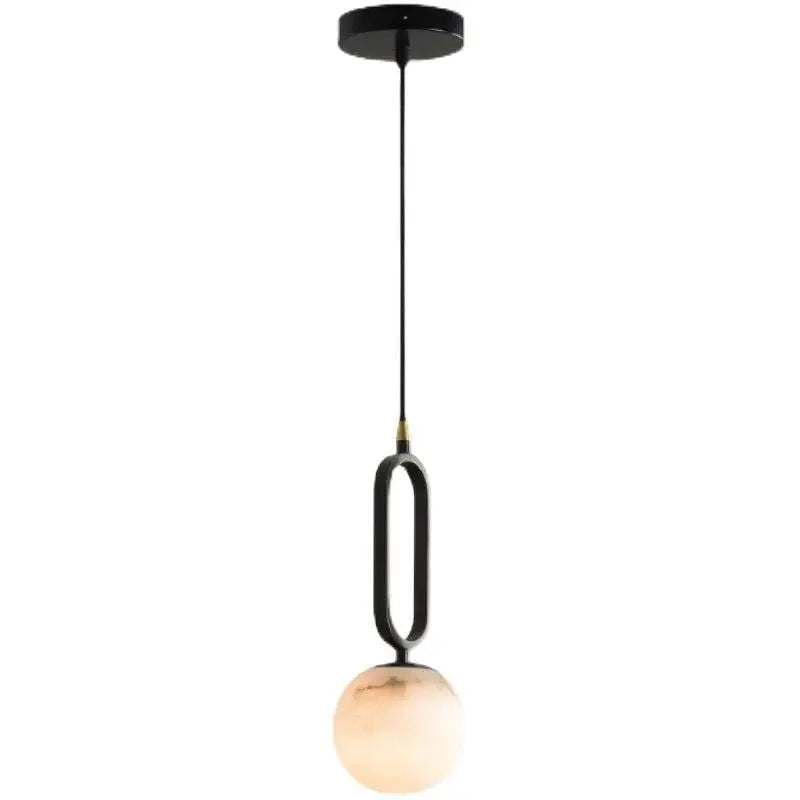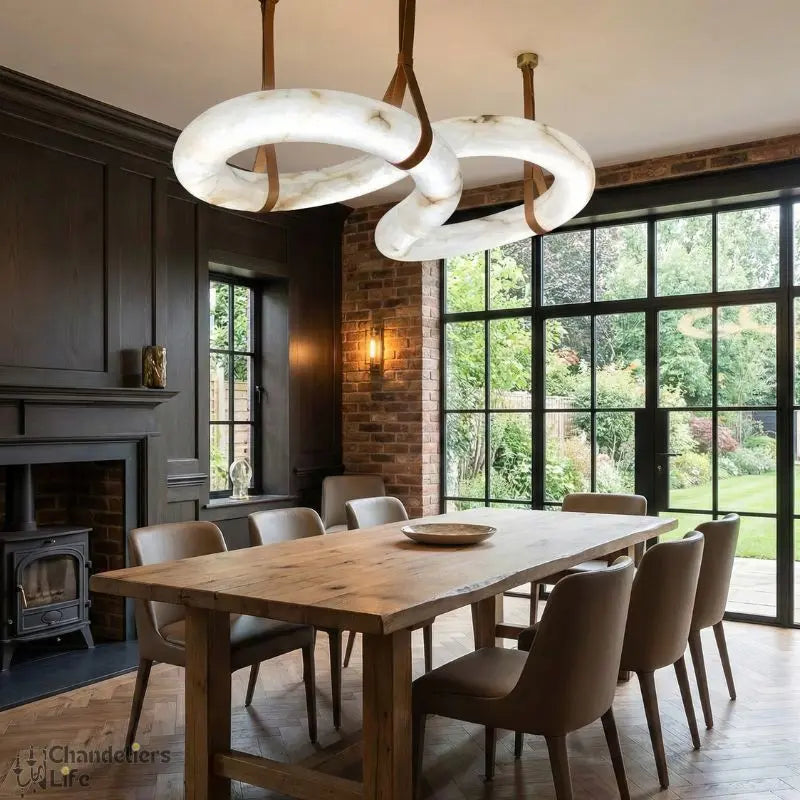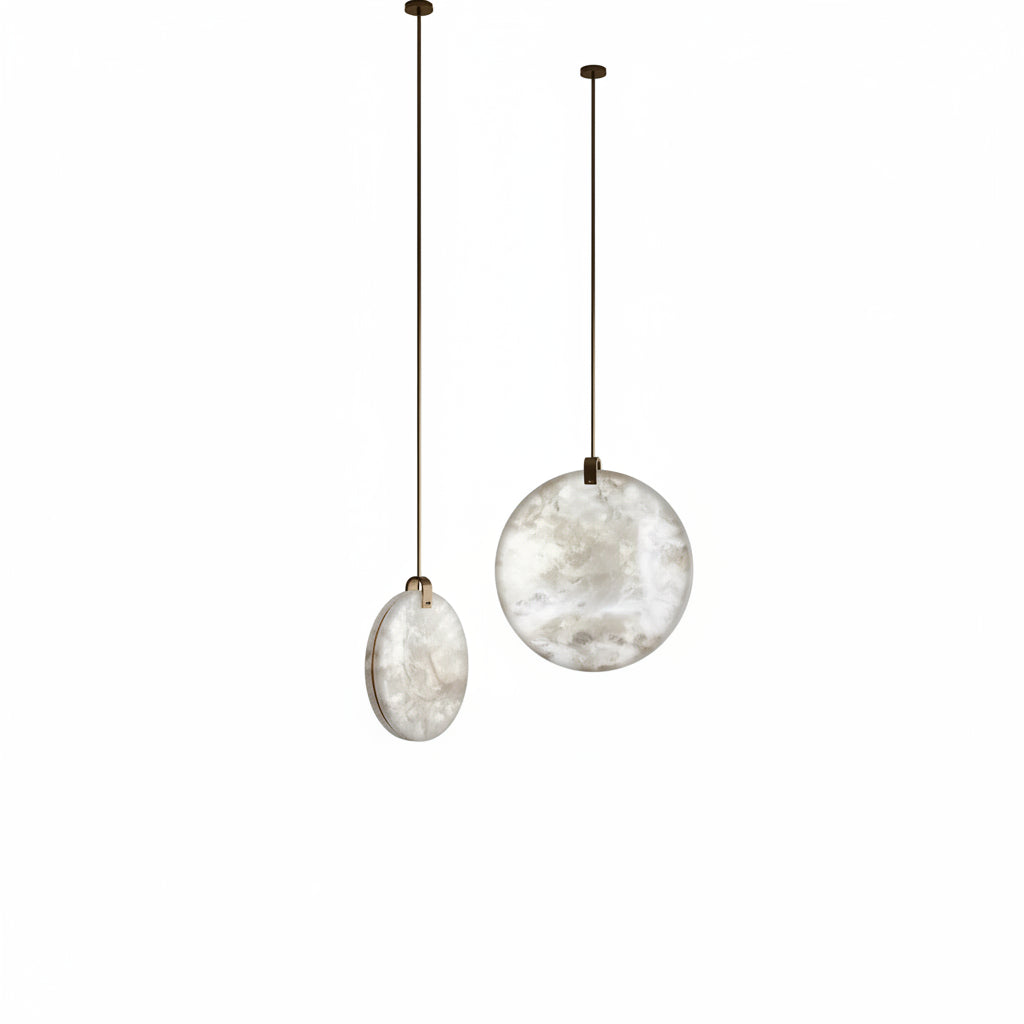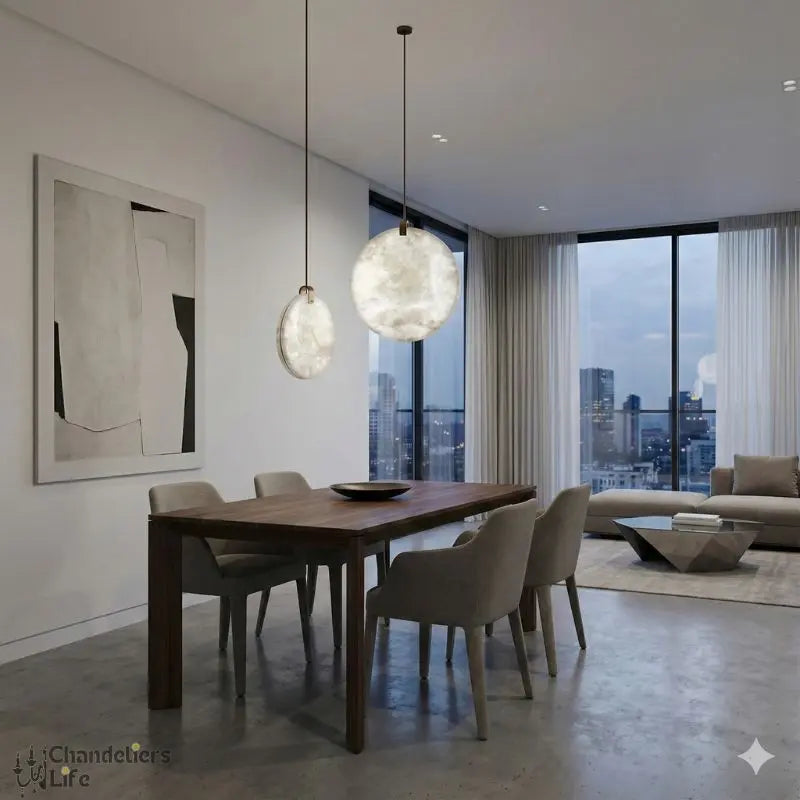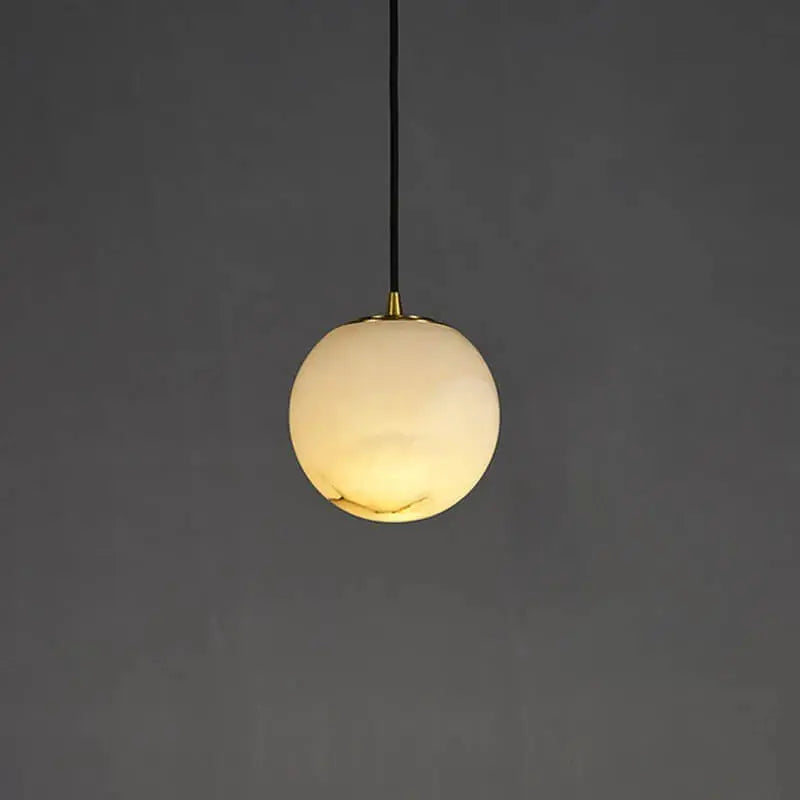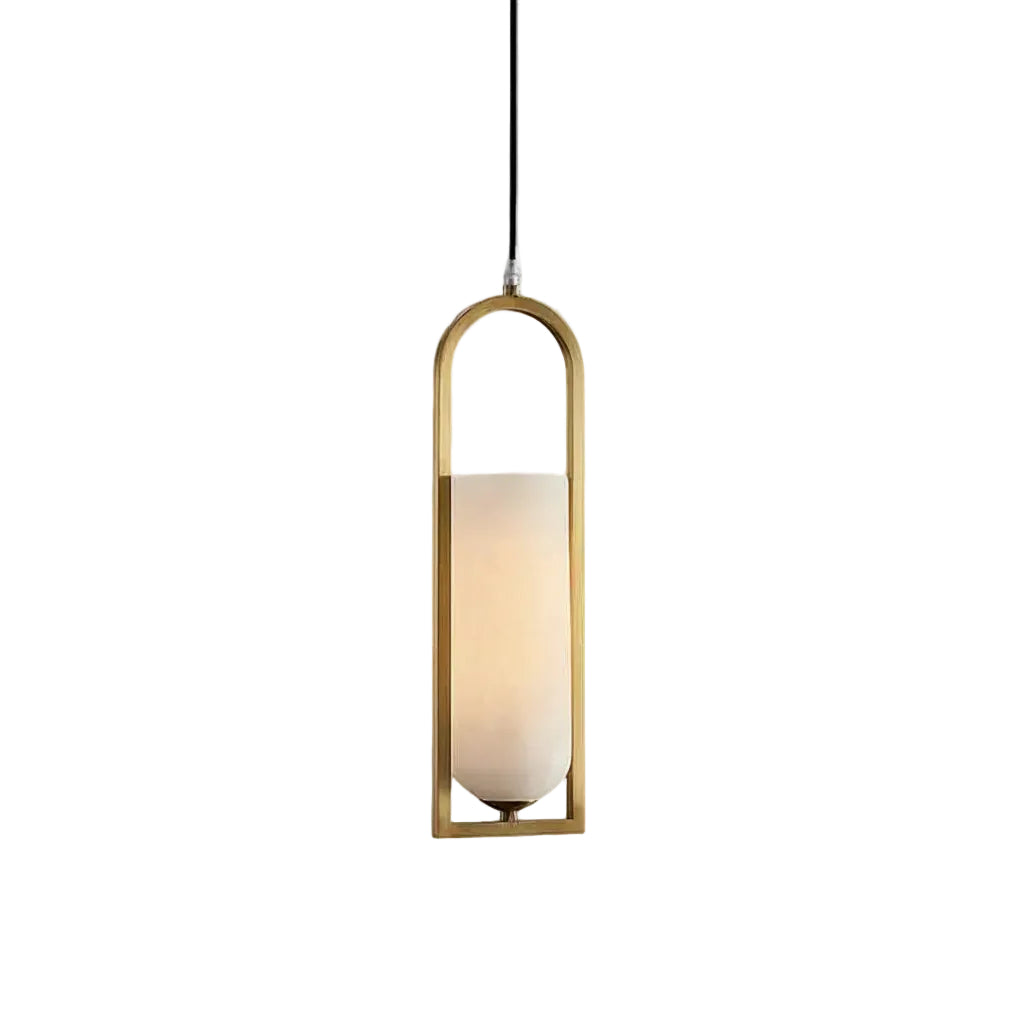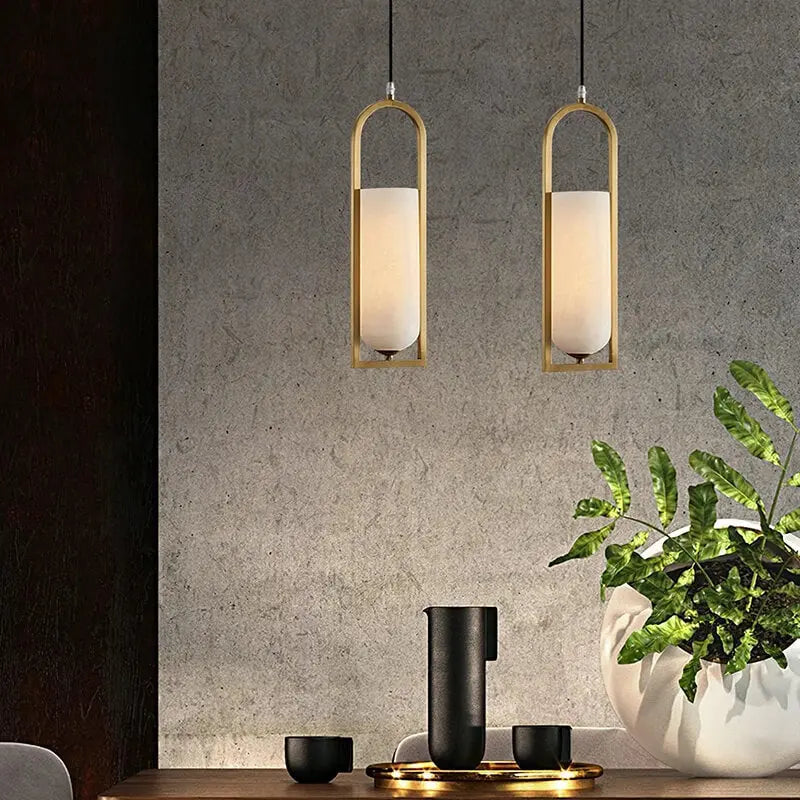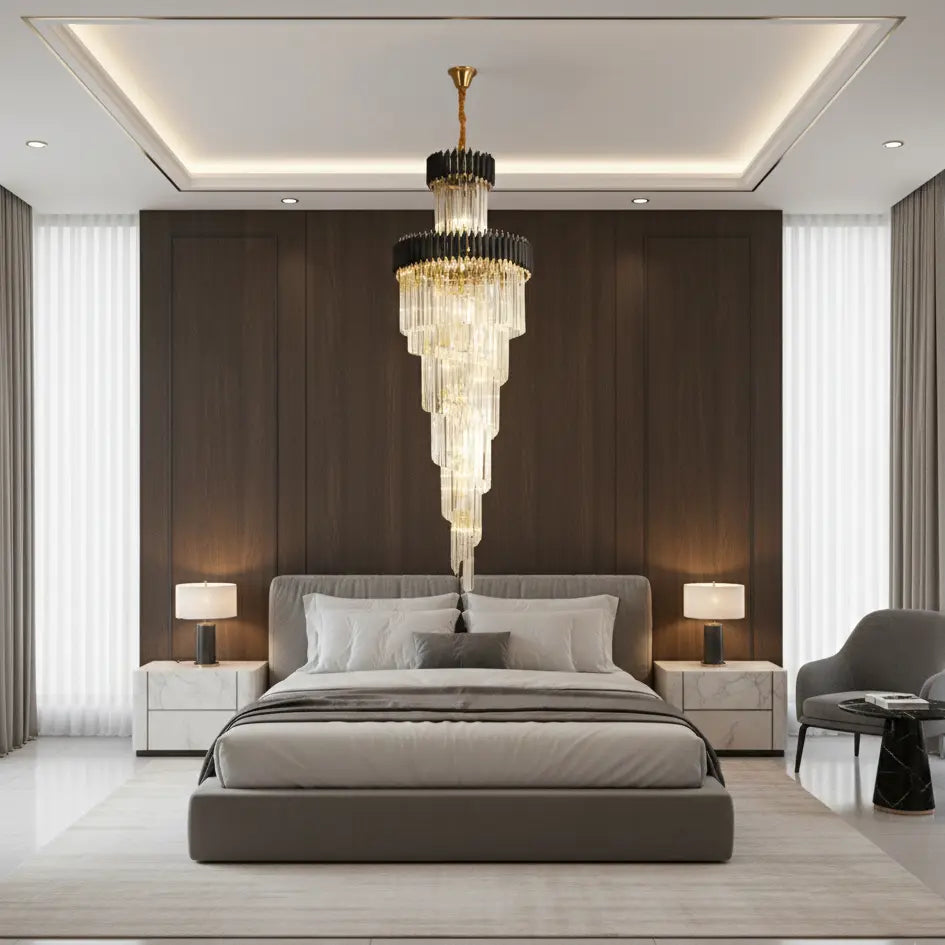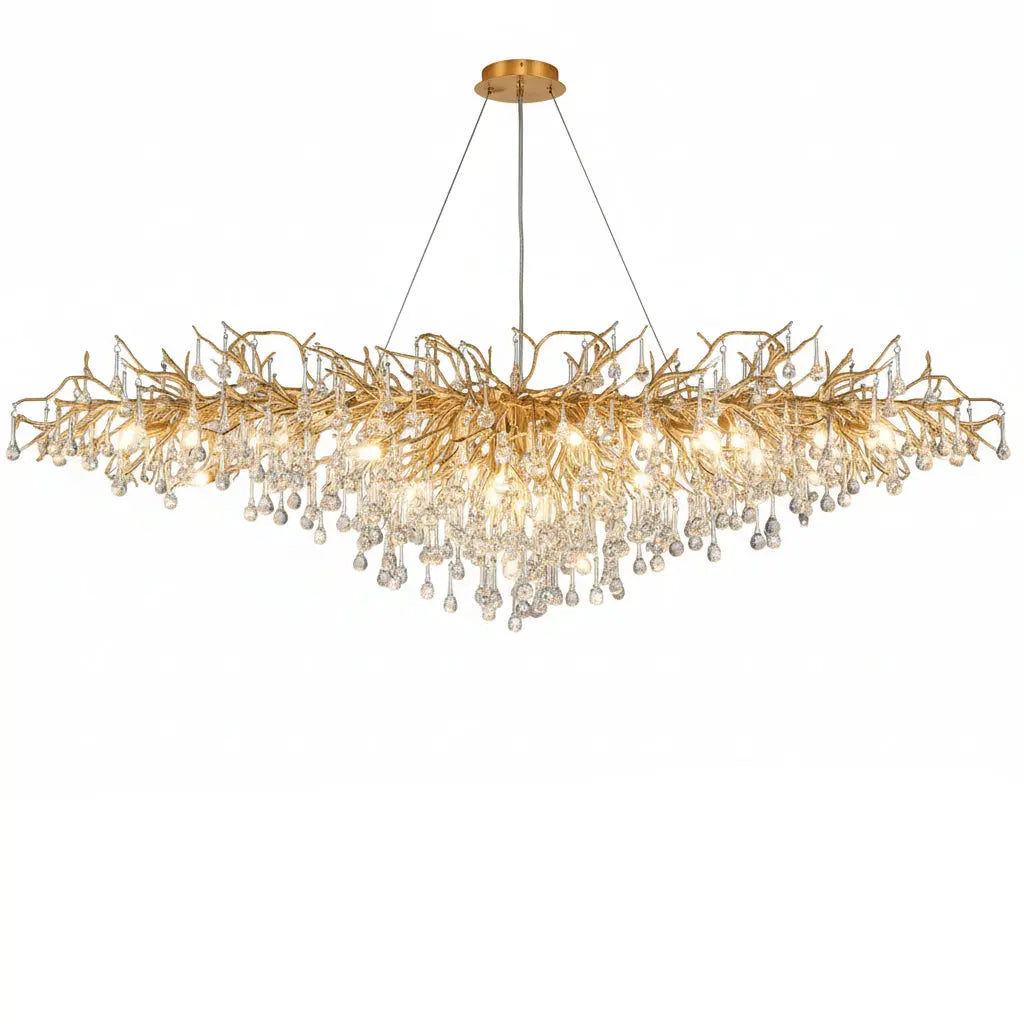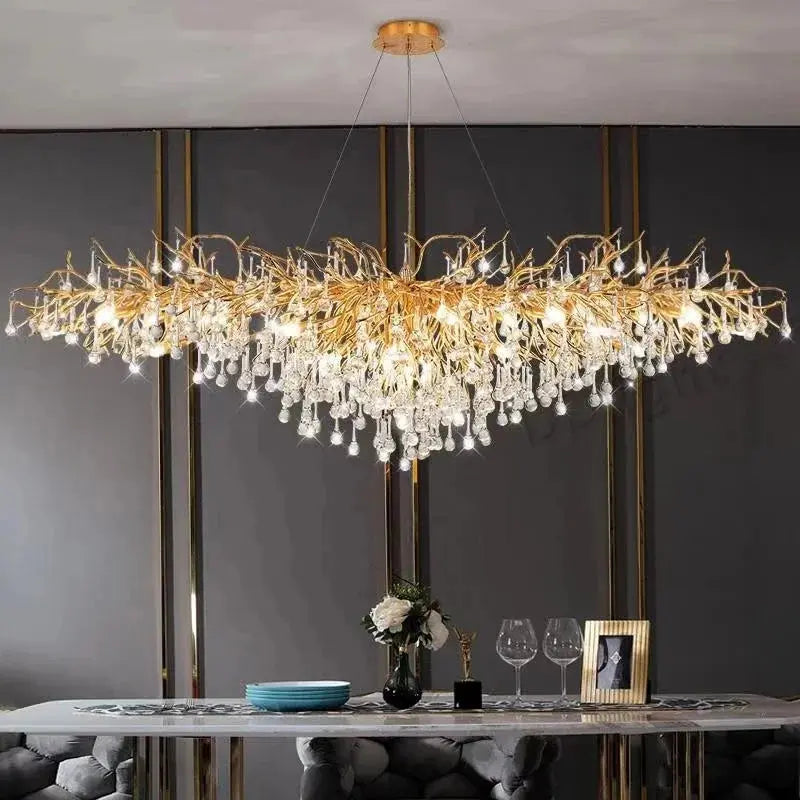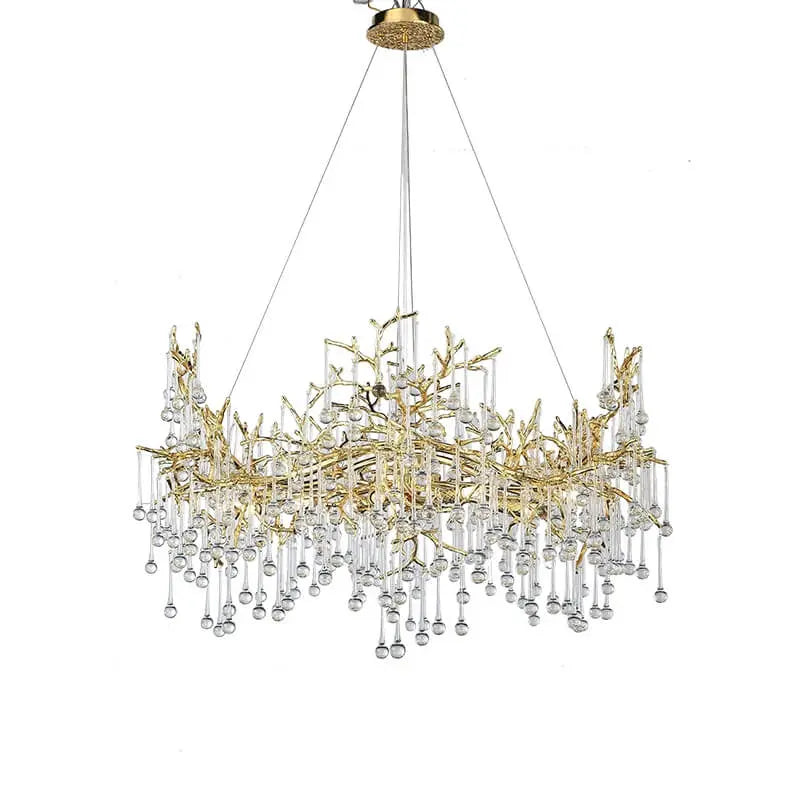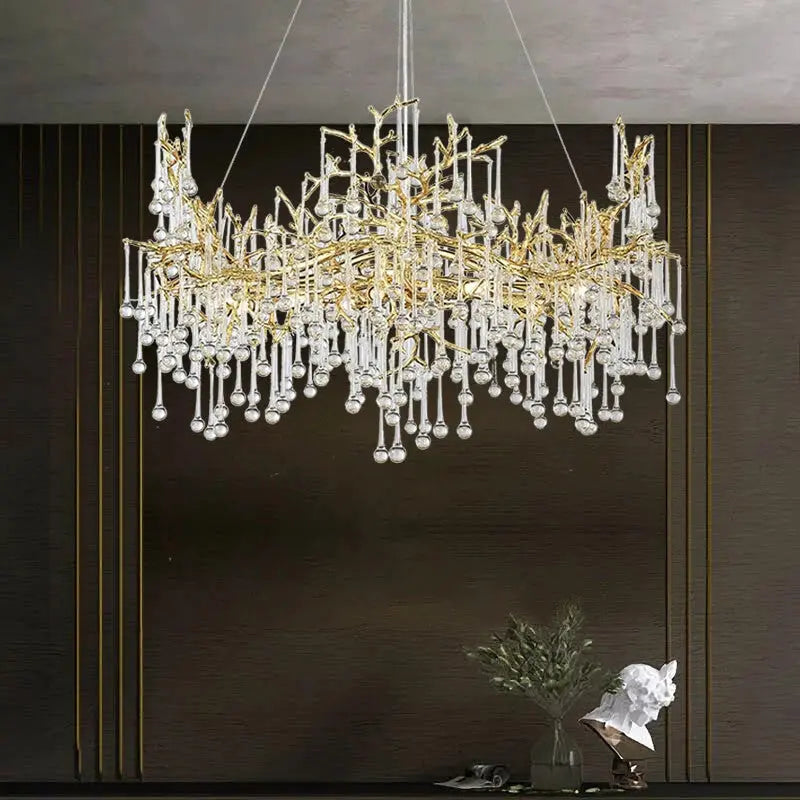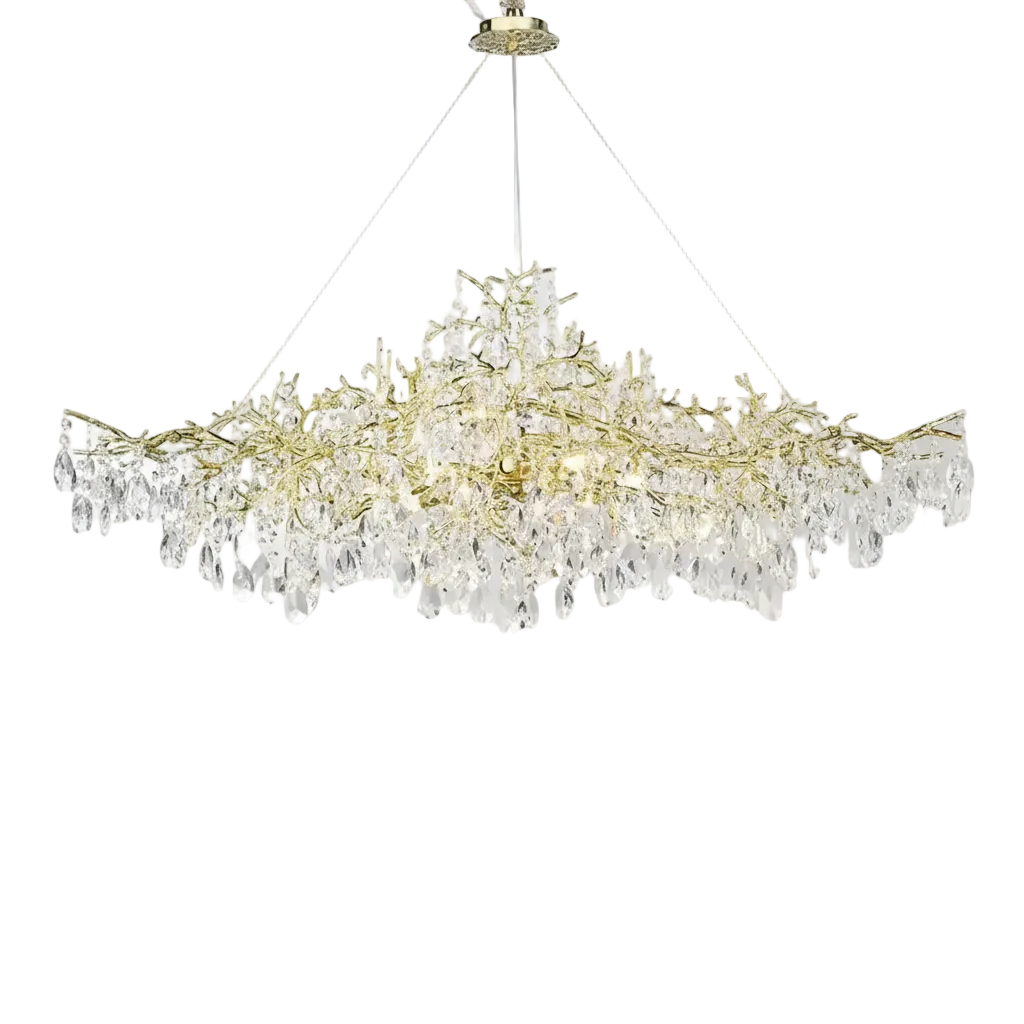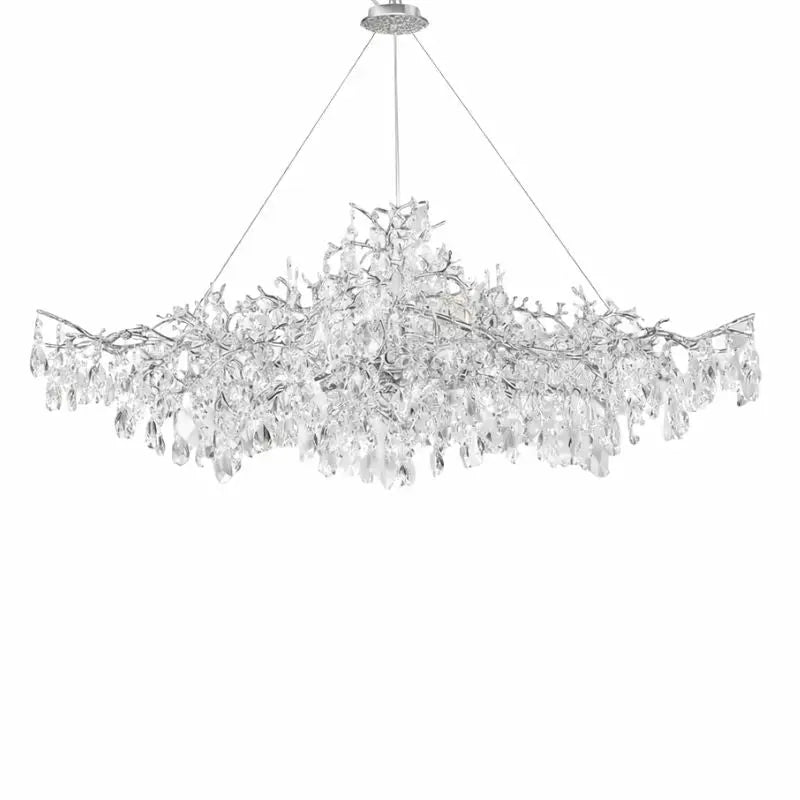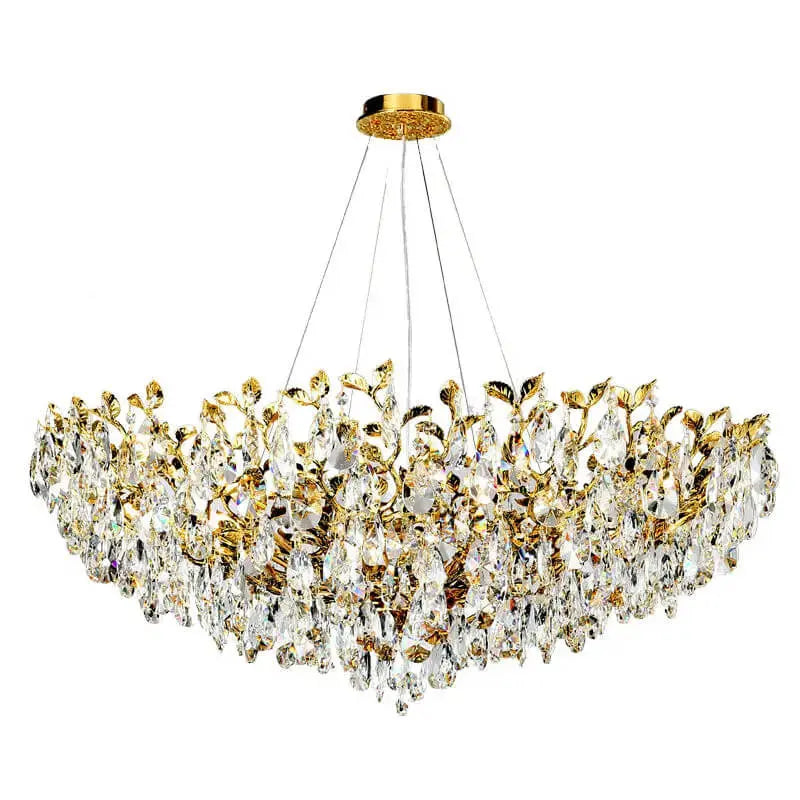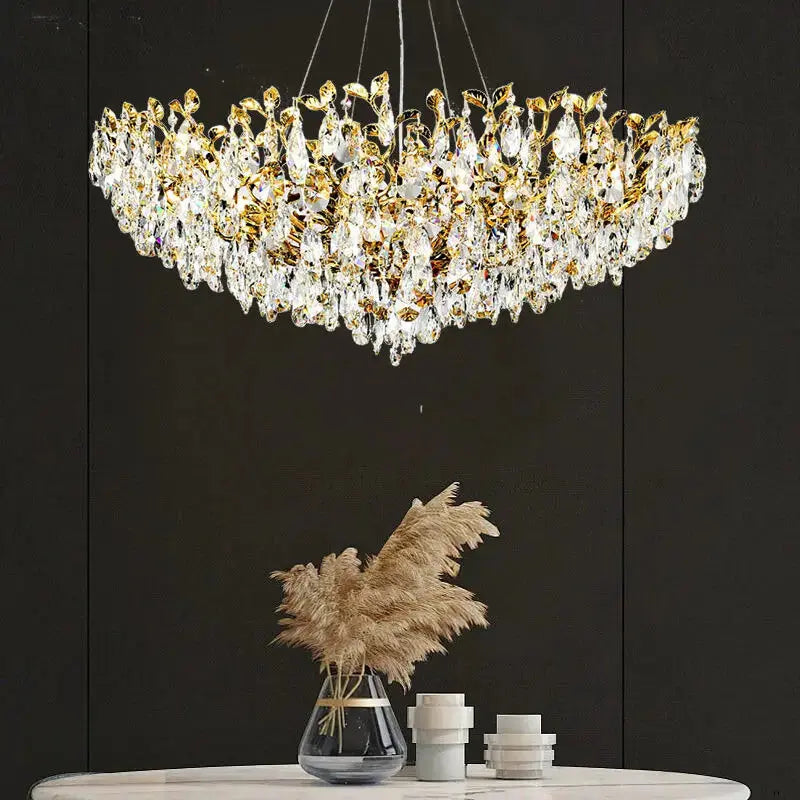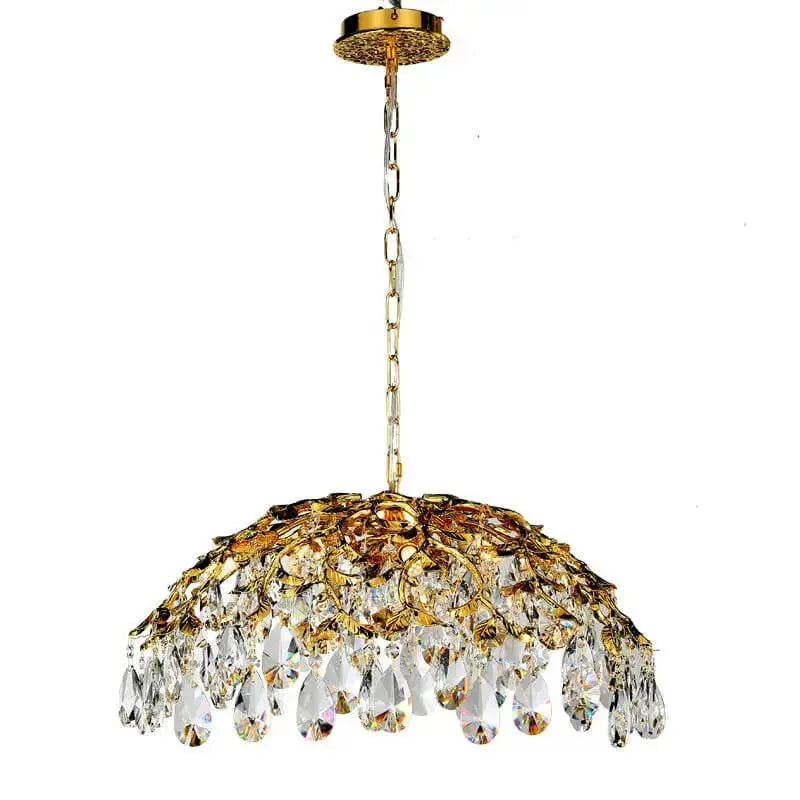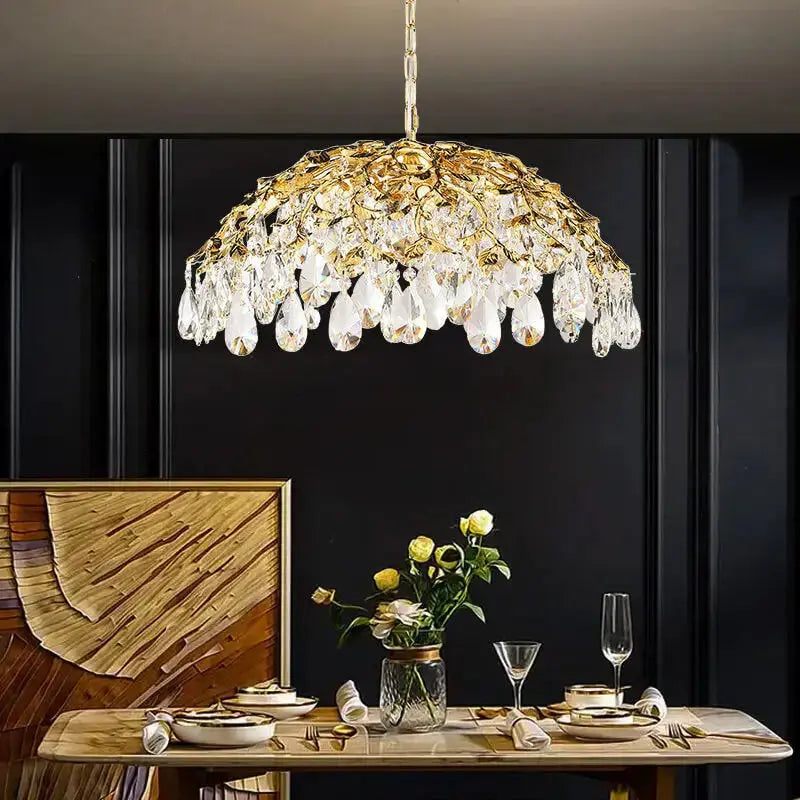Lighting is a key part of making your home look and feel just right. Whether you want to create a cozy reading nook or a bright kitchen, picking the right light fixtures is important. This guide will help you understand different types of light fixtures, choose the best ones for each room, and even give you tips on energy-efficient options. Let's dive in and light up your space perfectly!
Key Takeaways
- Different types of light fixtures serve different purposes, such as ambient, task, and accent lighting.
- Each room in your home needs a unique lighting plan to match its function and style.
- Layering different types of lighting can create a more inviting and functional space.
- Energy-efficient lighting options, like LED bulbs and smart lighting, can save money and be better for the environment.
- Proper installation and placement of light fixtures are crucial for safety and effectiveness.
Understanding Different Types of Light Fixtures
Ambient Lighting Fixtures
Ambient lighting, also known as general lighting, is the primary source of light in a room. It provides a comfortable level of brightness, allowing you to see and move around safely. Common fixtures for ambient lighting include ceiling lights, chandeliers, and recessed lights. This type of lighting sets the overall tone of your space.
Task Lighting Fixtures
Task lighting is designed to help you perform specific activities like reading, cooking, or working. It should be bright enough to prevent eye strain but not so harsh that it causes glare. Examples of task lighting fixtures are desk lamps, under-cabinet lights, and pendant lights. Task lighting is essential for areas where you need focused light.
Accent Lighting Fixtures
Accent lighting adds drama and style to a room by highlighting architectural features, artwork, or other focal points. It creates visual interest and can make a space feel more dynamic. Wall sconces, track lighting, and spotlights are popular choices for accent lighting. Accent lighting is the finishing touch that brings your room to life.
When planning your lighting, consider layering different types of fixtures to create a balanced and inviting atmosphere.
Choosing Light Fixtures for Each Room
Living Room Lighting
The living room is often the heart of the home, where family and friends gather. Choosing the right light fixtures can set the tone for this space. Consider a combination of ambient, task, and accent lighting to create a balanced and inviting atmosphere. For example, a chandelier or flush mount can provide general lighting, while floor lamps and table lamps offer task lighting for reading or other activities. Accent lighting, such as wall sconces, can highlight artwork or architectural features.
Kitchen Lighting
In the kitchen, functionality is key. Bright, focused lighting is essential for food preparation and cooking. Under-cabinet lights, pendant lights over the island, and recessed ceiling lights are all excellent choices. These fixtures not only provide ample light but also add to the overall aesthetic of the kitchen. For those looking for affordable kitchen decor ideas, consider DIY options like installing your own under-cabinet lighting.
Bedroom Lighting
The bedroom should be a relaxing retreat, and the lighting should reflect that. A mix of ambient and task lighting works best here. Ceiling fixtures like chandeliers or flush mounts can provide general lighting, while bedside table lamps or wall sconces offer task lighting for reading. For a touch of personality, consider DIY wall decor for the bedroom, such as custom wall sconces or unique table lamps.
Bathroom Lighting
Proper lighting in the bathroom is crucial for daily tasks like grooming and applying makeup. A combination of overhead lighting and task lighting around the mirror is ideal. Recessed ceiling lights can provide general illumination, while vanity lights or wall sconces offer focused light. For those wondering how to decorate a small bathroom, consider fixtures that are both functional and stylish, such as sleek, modern sconces or elegant vanity lights.
Designing with Light Fixtures
Matching Fixtures to Decor Styles
When choosing light fixtures, it's important to match them to your decor style. For example, contemporary / modern lighting can add a sleek touch to a minimalist home office decor. On the other hand, rustic fixtures might be perfect for a modern farmhouse kitchen decor. Always consider the overall theme of your home when selecting fixtures.
Layering Light for Effect
Layering light involves using different types of lighting to create a balanced and inviting atmosphere. Start with ambient lighting to provide general illumination. Then, add task lighting for specific activities like reading or cooking. Finally, use accent lighting to highlight architectural features or artwork. This approach ensures that your space is both functional and aesthetically pleasing.
Highlighting Architectural Features
Accent lighting is a great way to draw attention to architectural features in your home. Use spotlights or wall sconces to highlight elements like fireplaces, built-in shelves, or unique wall textures. This not only enhances the beauty of your home but also adds depth and dimension to your space.
Remember, the right lighting can transform any room, making it more comfortable and visually appealing. Whether you're inspired by Scandinavian home decor inspiration or another style, thoughtful lighting design is key to creating a cohesive and inviting home environment.
Energy-Efficient Lighting Solutions
Benefits of LED Fixtures
Switching to LED fixtures is one of the best eco-friendly home decor ideas. LEDs use less energy and last longer than traditional bulbs. This means you save money on your electric bill and reduce waste. Plus, they come in various styles, including modern and traditional, making it easy to find the perfect fit for your home.
Using Dimmer Switches
Dimmer switches let you control the brightness of your lights. This not only helps set the mood but also saves energy. By dimming your lights, you use less electricity, which is good for the environment and your wallet. Consider adding dimmer switches to your alabaster chandeliers for a touch of elegance and efficiency.
Smart Lighting Options
Smart lighting systems offer convenience and energy savings. You can control your lights with your smartphone or voice commands. Set schedules, adjust brightness, and even change colors to suit your needs. Smart lighting is a great way to make your home more efficient and modern.
Making small changes like switching to LED fixtures and using dimmer switches can have a big impact on your energy use and overall home comfort.
Installation and Safety Tips for Light Fixtures
Proper Placement and Height
When installing light fixtures, proper placement and height are crucial for both functionality and aesthetics. Here are some tips to ensure you get it right:
- Avoid Glare: Position your light fixtures to minimize glare, especially in areas where you'll be reading or working. Using shaded or louvered fixtures can help control light direction and reduce harsh reflections.
- Correct Heights: Floor lamps should be at a height that allows easy reach and provides enough light without blocking views. Table lamps should have the bottom of the shade at or just below eye level when you're seated.
Avoiding Glare
Glare can be a major issue if not addressed properly. To avoid it:
- Use fixtures with shades or louvers to direct light where it's needed.
- Position lights so they don't reflect off surfaces like screens or glossy tables.
- Consider the angle and height of the light source to ensure it doesn't shine directly into your eyes.
Electrical Safety Considerations
Safety should always be a top priority when dealing with electrical installations. Follow these guidelines:
- Turn Off the Power: Always turn off the power at the circuit breaker before starting any electrical work.
- Follow Instructions: Most light fixtures come with manufacturer instructions. Follow them carefully to ensure safe and proper installation.
- Use the Right Tools: Have the necessary tools on hand, such as screwdrivers, wire strippers, and voltage testers.
- Secure the Fixture: Use the provided screws or mounting hardware to secure the fixture firmly in place.
- Test the Fixture: After installation, turn the power back on and test the fixture to make sure it's working correctly.
Remember, if you're not comfortable with electrical work, it's always best to hire a licensed electrician to ensure everything is done safely and correctly.
Outdoor Light Fixtures for Your Home
Choosing Weather-Resistant Fixtures
When selecting outdoor light fixtures, it's crucial to choose ones that can withstand the elements. Weather-resistant fixtures are designed to handle rain, wind, and extreme temperatures. Look for materials like stainless steel, aluminum, or specially treated wood that won't rust or deteriorate over time. These fixtures are perfect for enhancing your apartment balcony decor ideas or any outdoor space.
Landscape Lighting Ideas
Landscape lighting can transform your yard into a magical space. Use a mix of path lights, spotlights, and wall lights to highlight your garden's best features. Consider placing lights near plants for home decor to create beautiful shadows and highlights. This not only adds beauty but also improves safety by illuminating walkways and steps.
Security Lighting Solutions
Security lighting is essential for keeping your home safe. Motion-sensor lights are a great option as they turn on automatically when someone approaches. Place these lights near entry points like doors and windows. For a more permanent solution, consider installing floodlights that cover large areas. These lights can deter potential intruders and give you peace of mind.
Outdoor lighting is not just about aesthetics; it's also about safety and functionality. Choose the right fixtures to create a welcoming and secure environment around your home.
Brighten up your home's exterior with our stunning outdoor light fixtures. Whether you're looking to add a touch of elegance to your garden or illuminate your porch, we have the perfect options for you. Visit our website to explore our wide range of outdoor lighting solutions and find the perfect fit for your home.
Conclusion
Choosing the right light fixtures for your home is more than just a design choice—it's about creating a space that feels comfortable, functional, and inviting. By understanding the different types of lighting and how they work together, you can transform any room into a well-lit haven. Remember to consider the purpose of each room, the style of your fixtures, and energy efficiency when making your selections. With the right lighting, your home can truly shine, offering the perfect ambiance for every activity and moment. So go ahead, experiment with different lighting options, and let your creativity illuminate your space.
Frequently Asked Questions
What are the main types of light fixtures?
The main types of light fixtures are ambient lighting fixtures, task lighting fixtures, and accent lighting fixtures. Ambient lighting provides overall illumination, task lighting focuses on specific tasks, and accent lighting highlights certain features.
How do I choose the right light fixture for my living room?
For the living room, combine ambient lighting with task lighting and accent lighting. Use a central ceiling fixture for ambient light, table lamps for reading, and wall sconces or spotlights to highlight artwork or architectural features.
What is the best type of lighting for the kitchen?
In the kitchen, use bright ambient lighting along with task lighting for work areas like countertops and sinks. Under-cabinet lights are especially useful for providing focused light on countertops.
How can I make my lighting more energy-efficient?
To make your lighting more energy-efficient, use LED bulbs, install dimmer switches, and consider smart lighting options that allow you to control lights remotely and set schedules.
What are some safety tips for installing light fixtures?
When installing light fixtures, ensure they are placed at the proper height to avoid glare, follow electrical safety guidelines, and use weather-resistant fixtures for outdoor areas to prevent damage.
How do I choose outdoor light fixtures?
Choose outdoor light fixtures that are weather-resistant and suitable for the specific outdoor area. Consider landscape lighting for gardens, and security lighting for entryways and pathways.




